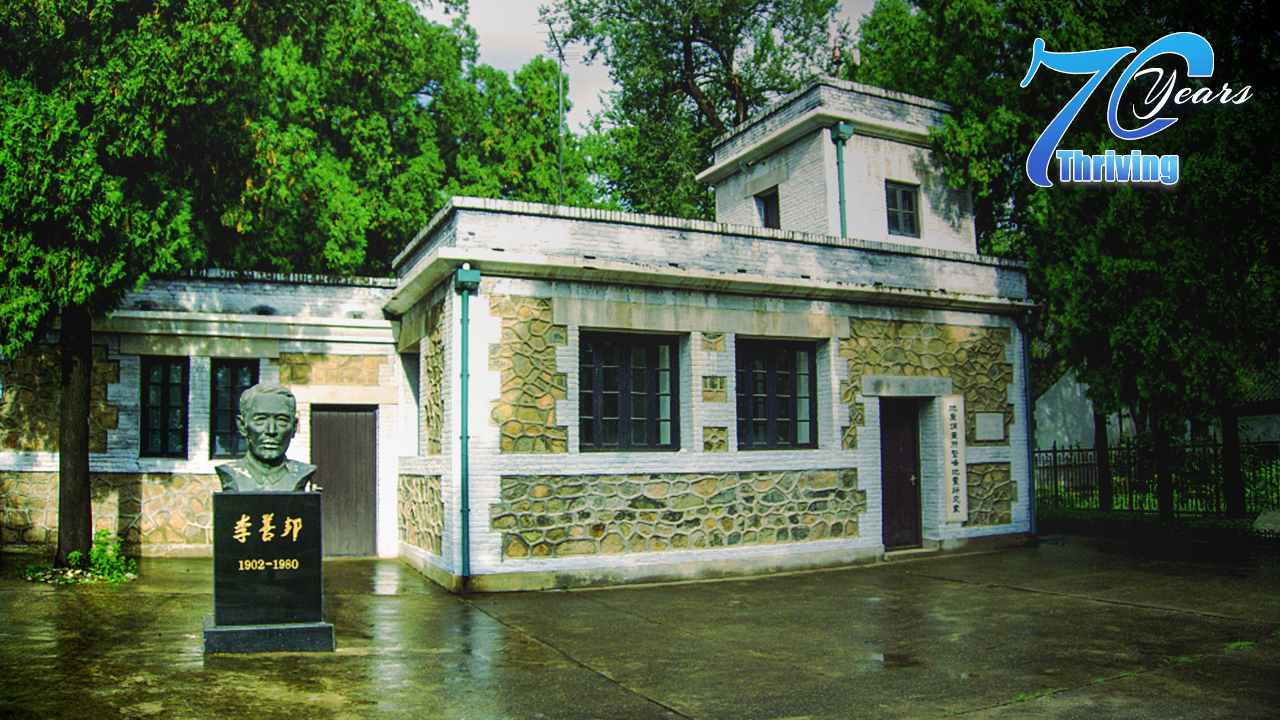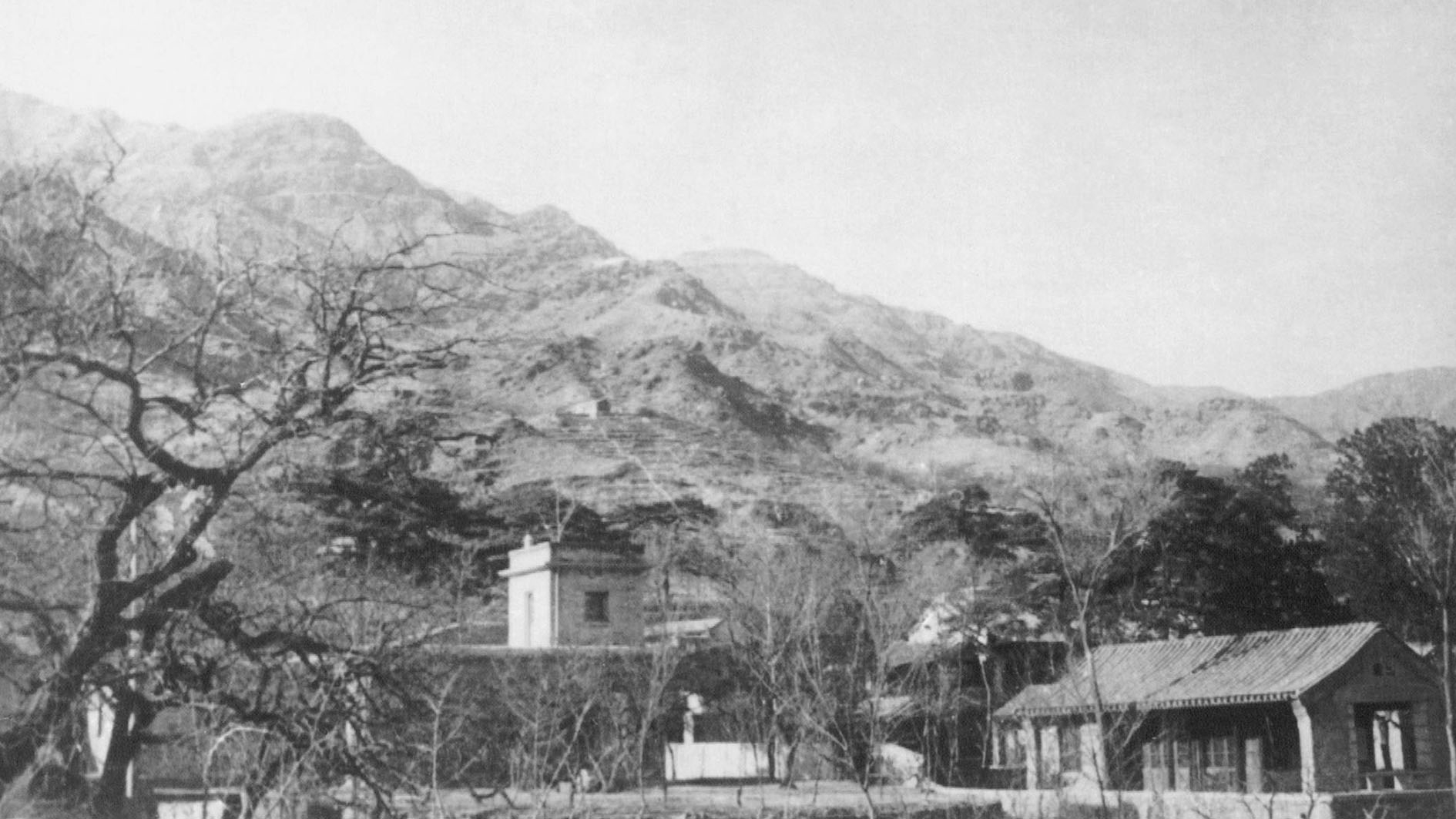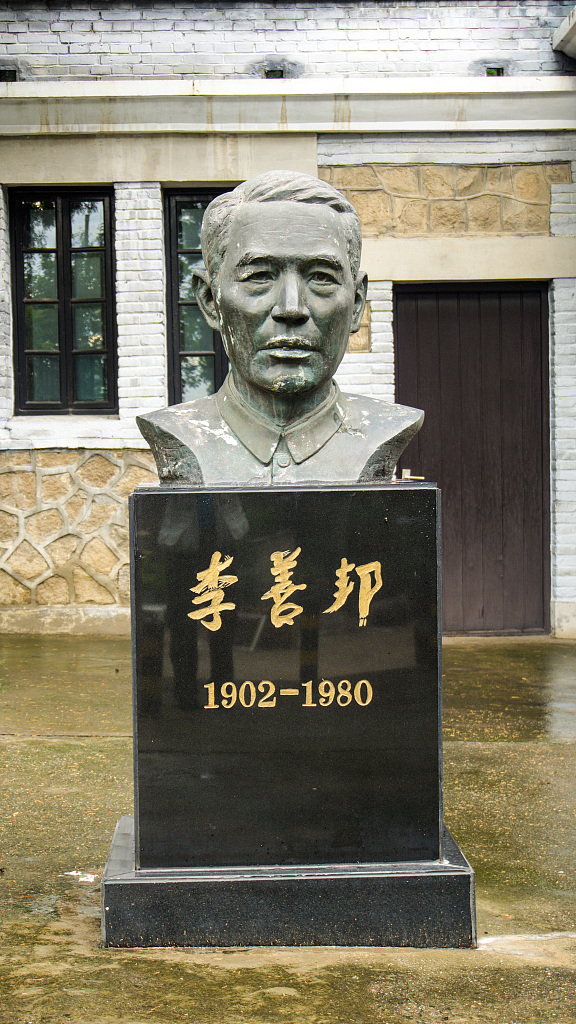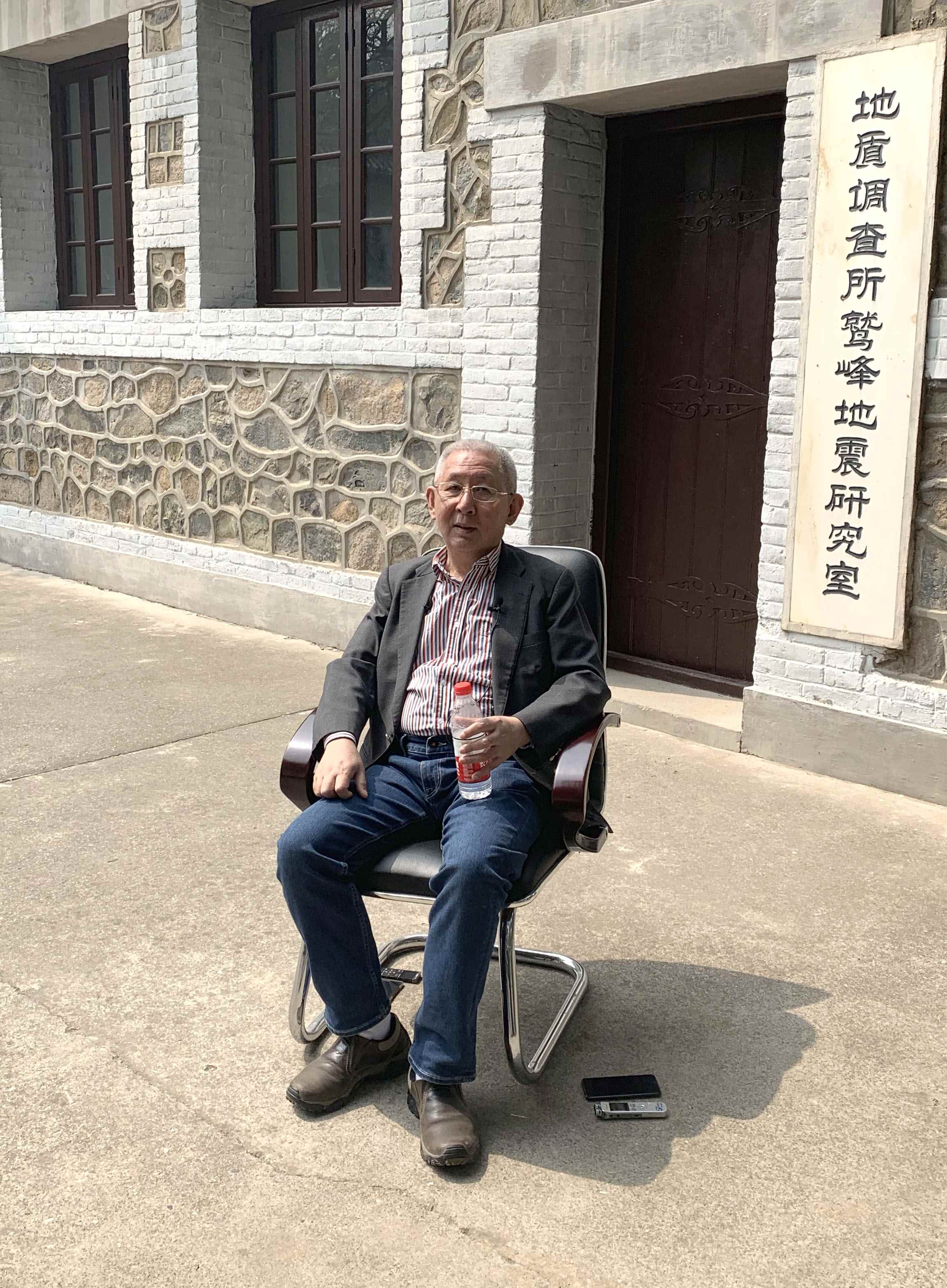
Domestic
09:26, 12-May-2019
Beijing Jiufeng Seismic Station: China's first modern earthquake observation station
Updated
20:38, 12-May-2019
Shen Anqi
02:30

Tall pine trees encircle an ordinary cottage located in Bei'anhe Village, in the northwestern part of Beijing. Inside, visitors are surprised to see a bewildering array of observation equipment, some of which is still operating. This is the first modern earthquake observation station in China — the Beijing Jiufeng Seismic Station.
Birthplace of earthquake research in China
Jiufeng was the first seismic station built and managed independently by Chinese. Built in 1928 at the proposal of geologist Weng Wenhao, then director of the China Geological Survey. The site of the station near Xiufeng Temple was donated by famous Lawyer Dr. Lin Xinggui. When completed in 1930, it was put in the charge of the geologist Li Shanbang. The seismic station and its observation data were of world-class category at the time. The observation instruments are still preserved. As the earliest modern earthquake observation research facility in China, the station is an important witness of China's modern scientific and technological development.

File photo of Beijing Jiufeng Seismic Station in Beijing, China, 1930. /Provided by Beijing National Earth Observatory
File photo of Beijing Jiufeng Seismic Station in Beijing, China, 1930. /Provided by Beijing National Earth Observatory
As China's first modern seismic observation station, Jiufeng Seismic Station's birth is not easy.
In the 1920s, an earthquake of magnitude 8.5 occurred in Haiyuan County, northwestern Gansu Province, killing more than 200,000 people. The huge disaster has made the country rouse and despairing. Some scientists urged the government to start conducting earthquake research.
In 1930, Li Shanbang, 28 and a graduate of the Physics Department of Peking University, came to Beijing suburb's Jiufeng Mountain and presided the station. Li started his research empty-handed. He figured out how to use new equipment from books and manuals. Although doing the job, he felt that he still had a lot to learn about the subject, as he wrote in his diary.
The first seismological reading recorded and verified on September 23, 1930, which marked the very beginning of China's study of modern earthquake observation. And Li Shanbang became the first seismologist in modern China.

Statue of China's first seismologist Li Shanbang in modern China. /VCG Photo
Statue of China's first seismologist Li Shanbang in modern China. /VCG Photo
In 1932, the Calitzin-Willip seismometer, one of the most advanced seismometers in the world at that time, was installed at the station. The station published bulletins and monthly observational reporters and exchanged data with seismological agencies all over the world, being one of the most important landmarks of the modern seismological observation in China.
The Jiufeng Seismic Station was continuously active until the Lugouqiao Incident in July 1937, which signified the full-scale war between China and Japan. With the invasion of Japanese troops into northern China, the Jiufeng Seismic station ceased to work after recording the Heze earthquake on August 1, 1937. Between August 1930 and August 1937, the station recorded 2,472 earthquakes. The seismic observation instruments are still well preserved to this day.
Li Jianrong, son of Li Shanbang, told CGTN that all the achievements of earthquake observation in China were made bit by bit. It's not that they've suddenly popped up. China marked its 40 years of reform and opening-up last year. With four decades of hard work, China has made great progress.

Li Jianrong, son of China's first seismologist Li Shanbang, talks to CGTN reporter in Jiufeng Seismic Station, Beijing, China, April 17, 2019. /CGTN Photo
Li Jianrong, son of China's first seismologist Li Shanbang, talks to CGTN reporter in Jiufeng Seismic Station, Beijing, China, April 17, 2019. /CGTN Photo
Nearly 70 years after the founding of the People's Republic of China in 1949, the country's earthquake observation research has been completely renewed, along with the vigorous development of the national economy and the need for national defense.
Nowadays, China has built several hundreds of earthquake observation stations, which makes the China's earthquake forecasting abilities among the best in the world.
(Video filmed by Wang Yanan)

SITEMAP
Copyright © 2018 CGTN. Beijing ICP prepared NO.16065310-3
Copyright © 2018 CGTN. Beijing ICP prepared NO.16065310-3